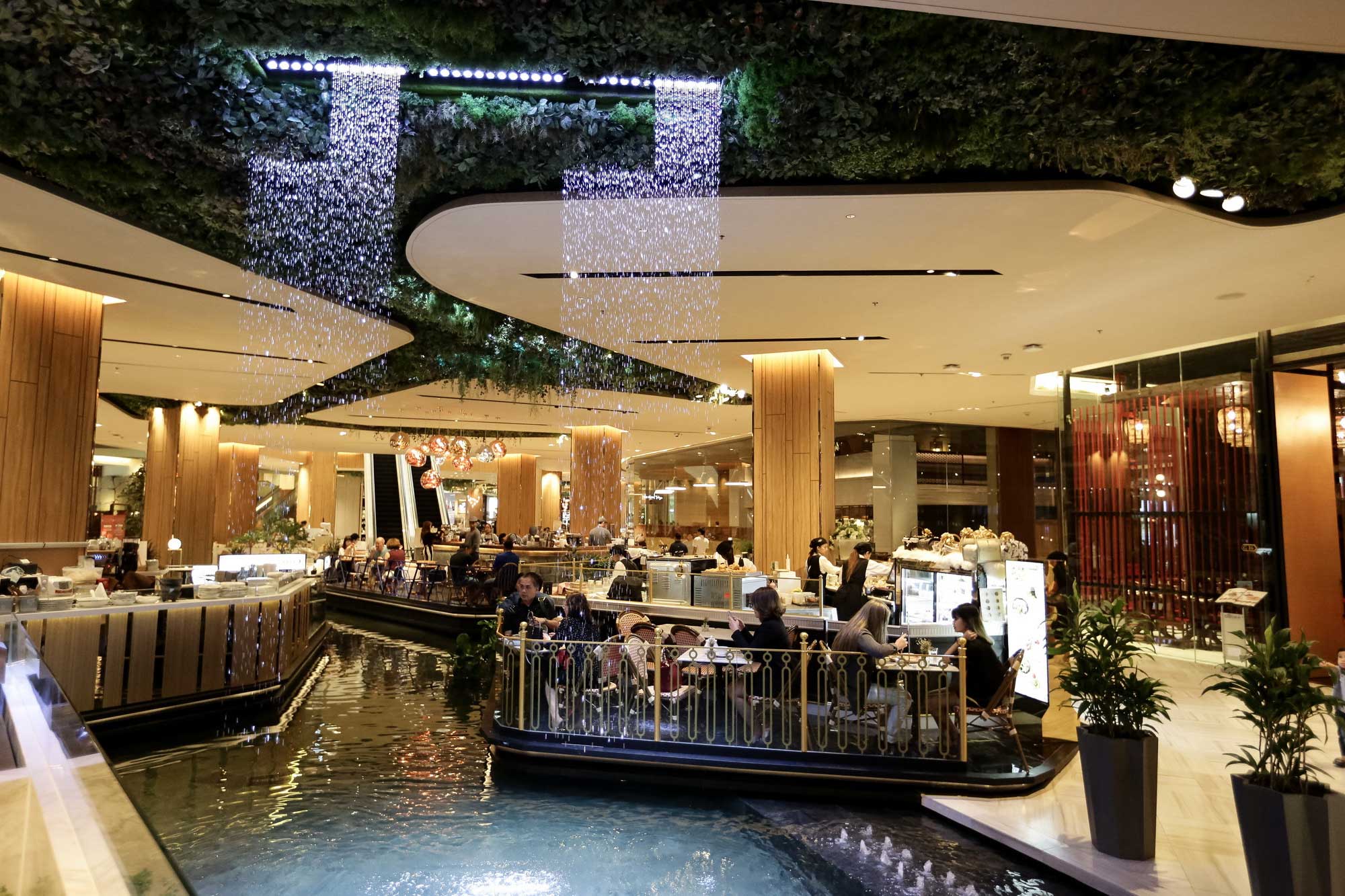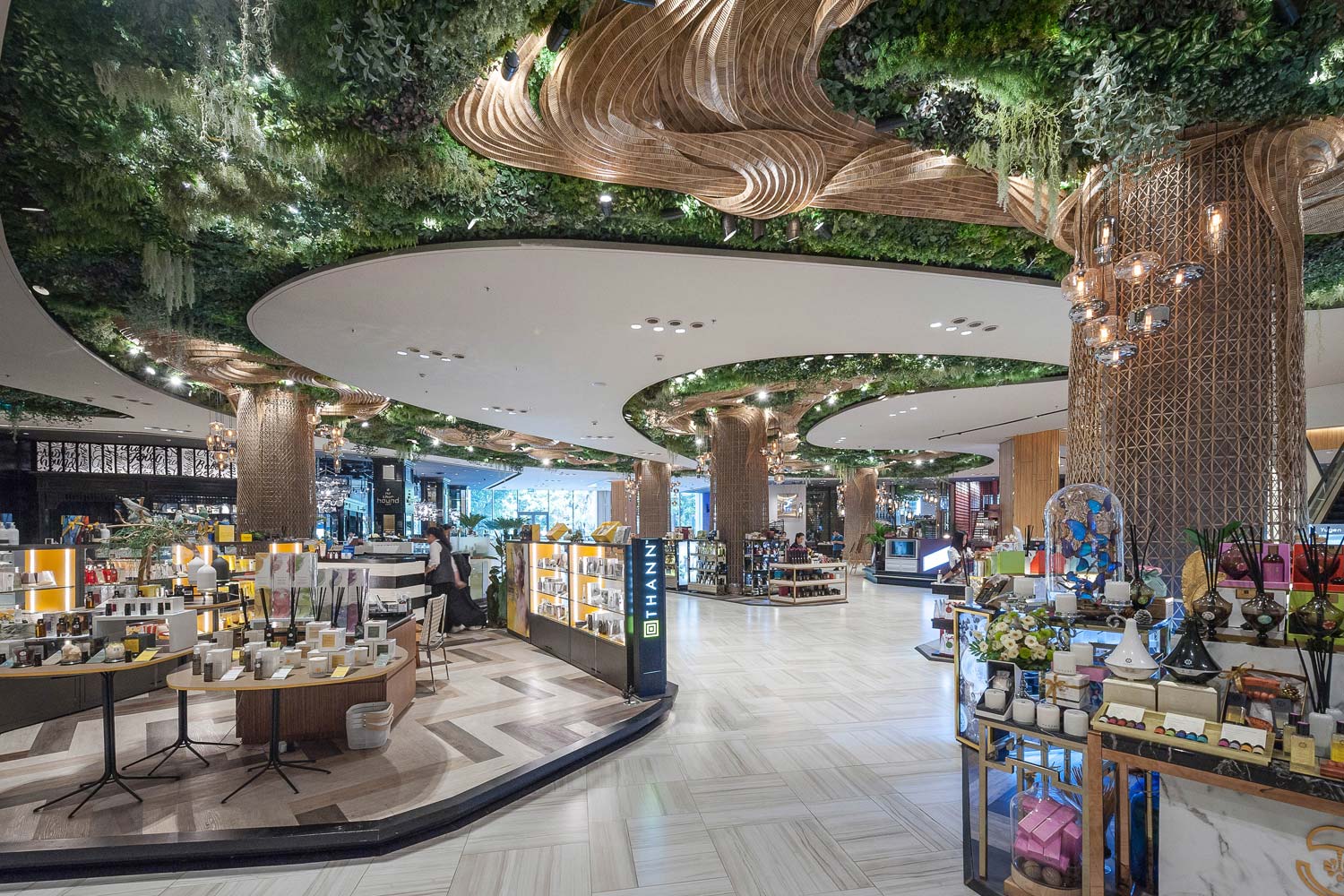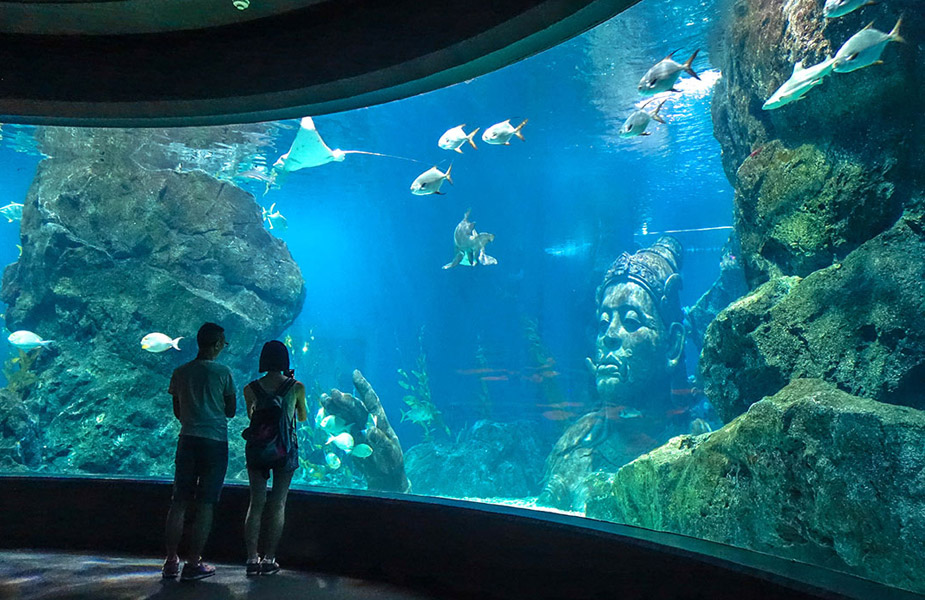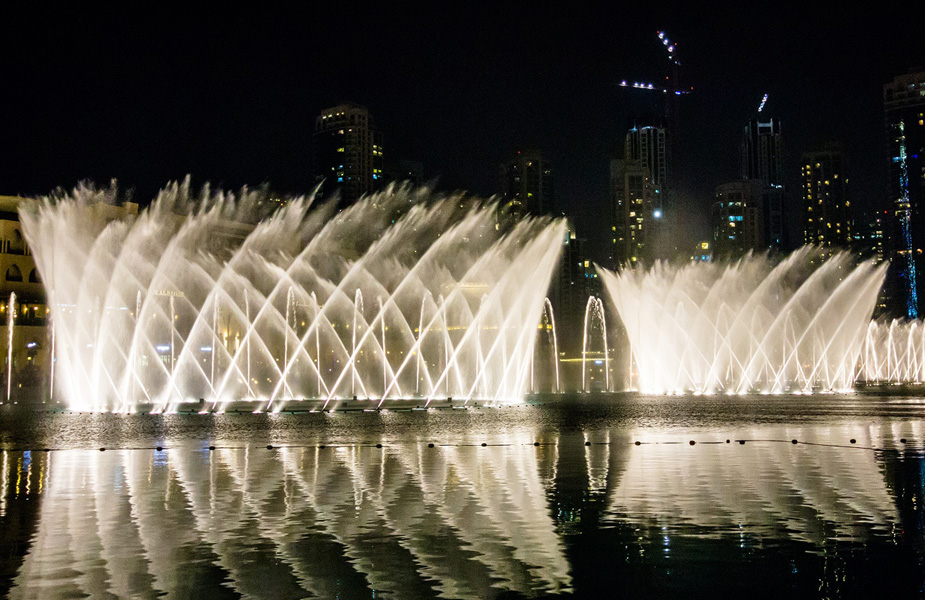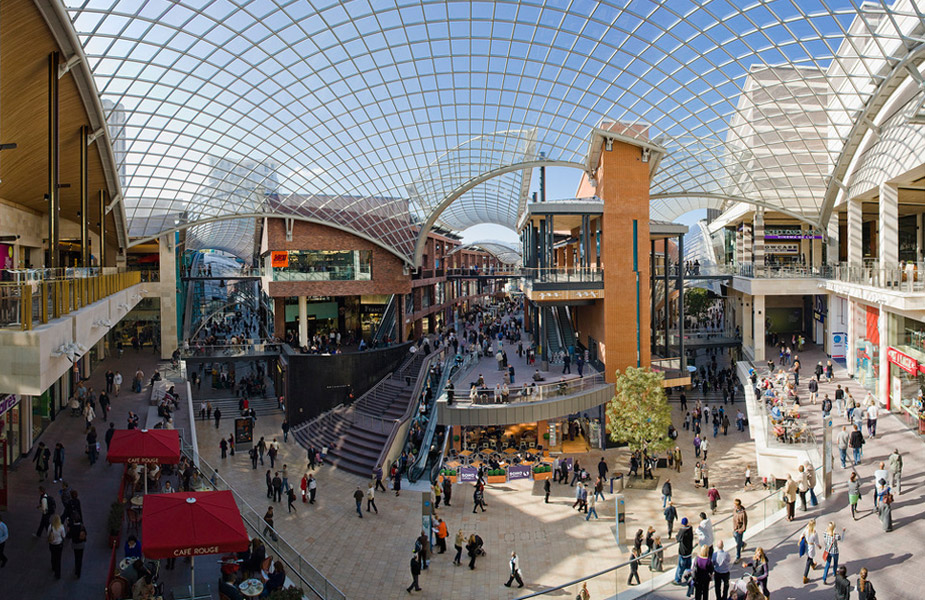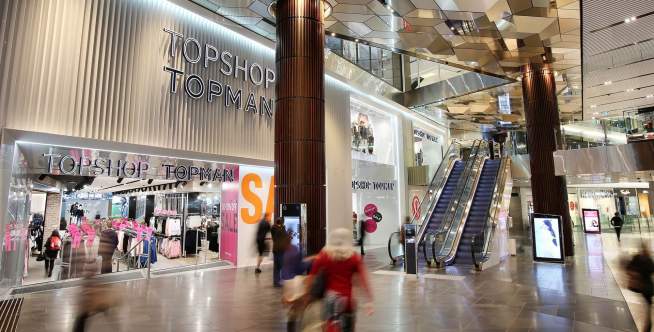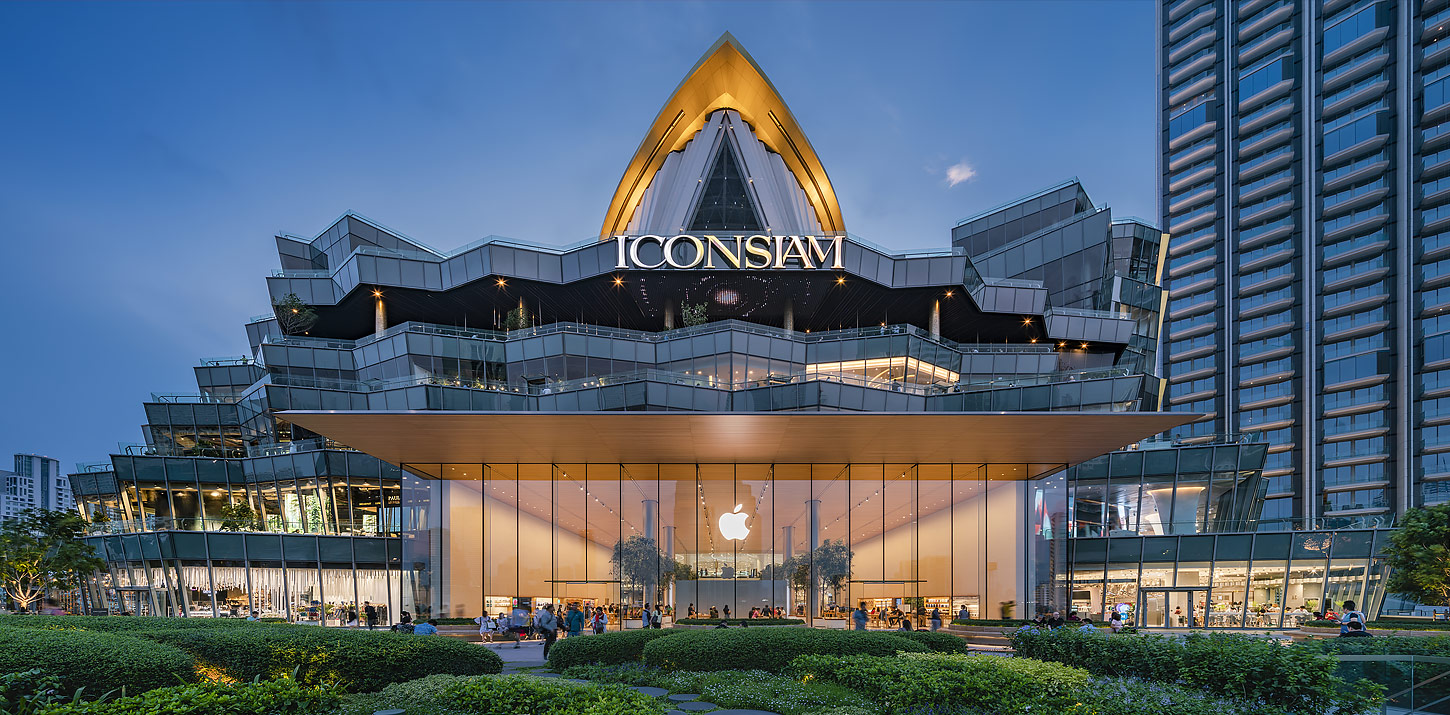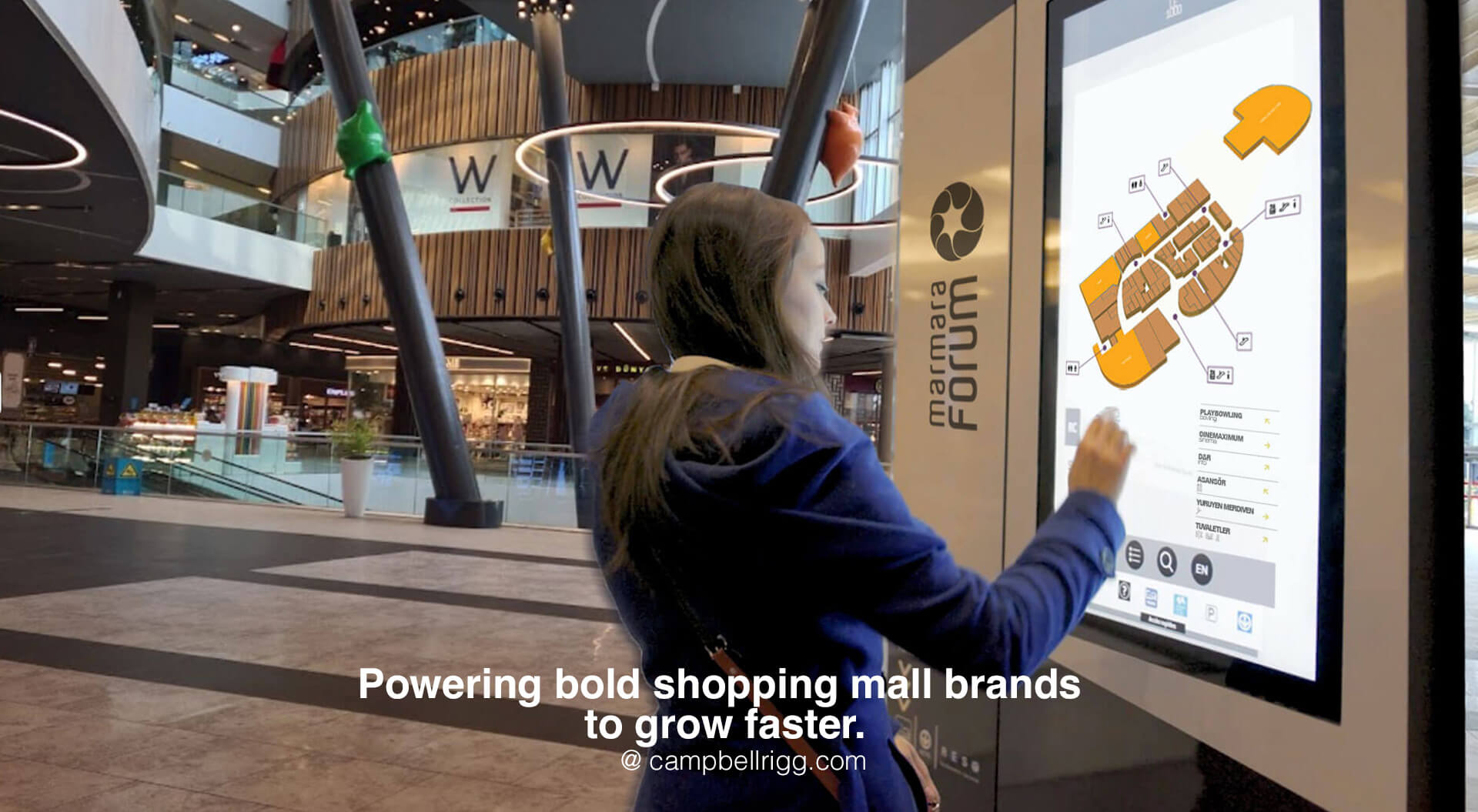News and Views
Siam Paragon innovative shopping mall interior design concepts.
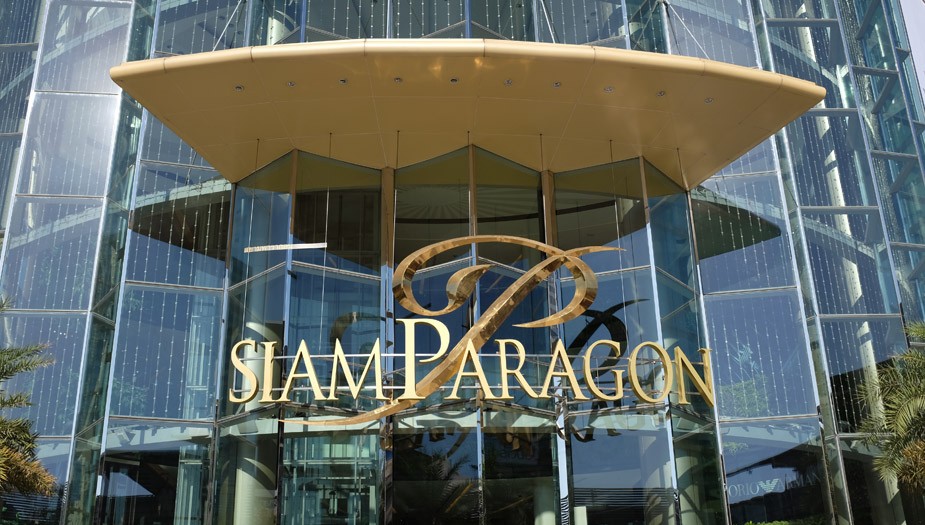
.jpg)
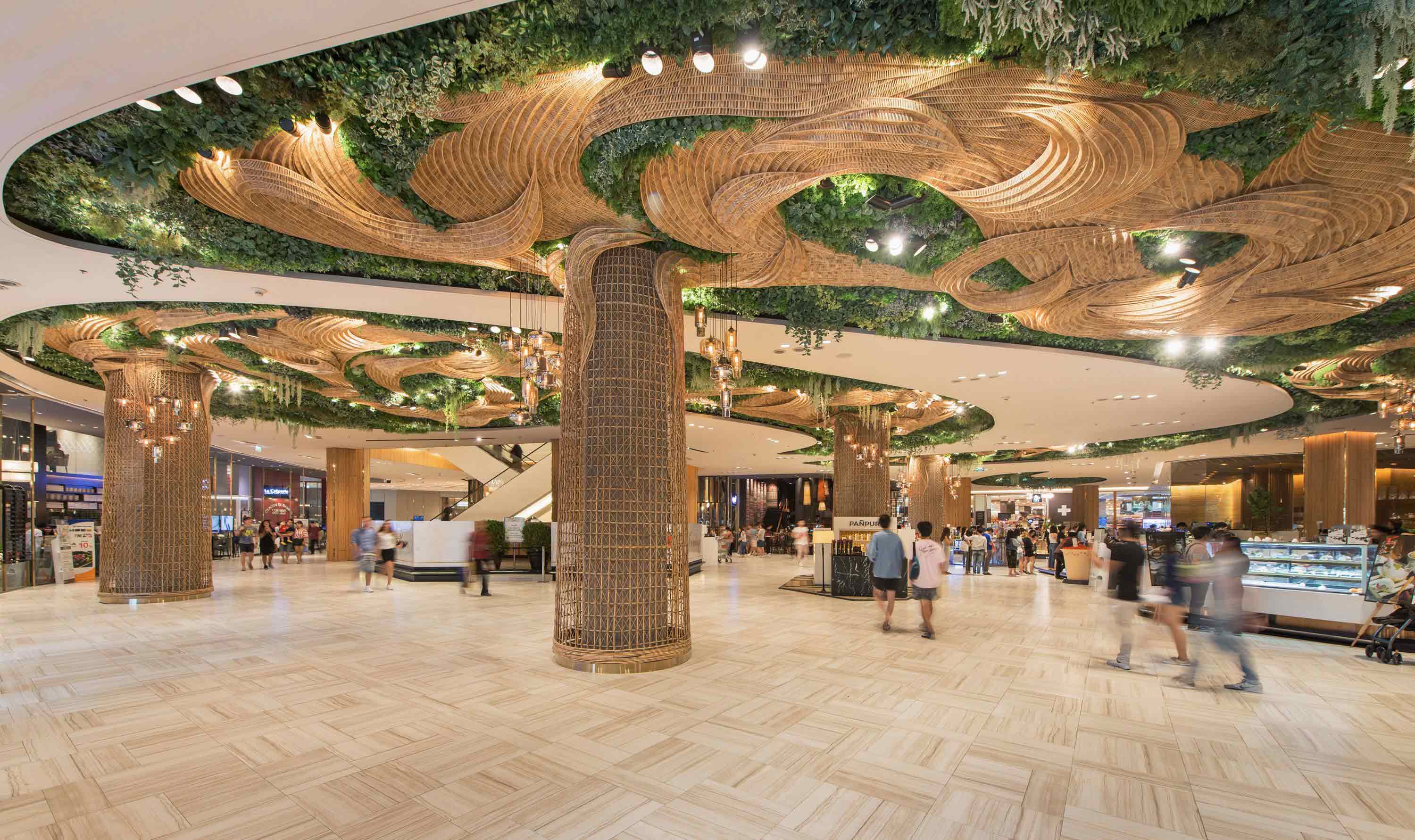
Siam Paragon Mall
In this article, we explore innovative design ideas and shopping mall planning strategies from the Far East and Europe, aiming to inspire mall operators and management teams to rethink and re-engineer the traditional mall format.
Modern mall designs are increasingly focused on delivering unique brand experiences that go beyond retail. These innovations integrate value-added elements to compete with the convenience of online shopping while positioning the mall as a dynamic downtown hub. The inclusion of spaces for concerts, art exhibitions, spas, fitness centres, food halls, nightclubs, cinemas, and even farmers' markets aims to create a holistic experience. This approach ensures that visitors—whether couples, families, or groups of friends—stay engaged and entertained, reducing the likelihood of leaving the mall for other venues. The diverse range of leisure and entertainment options provides an immersive experience that online shopping simply cannot replicate.
The overarching goal is to increase the time visitors spend at the mall. From the fashion and food offerings to the leisure activities, signage, and overall flow of the space, every detail is designed to enhance visitor experience and extend their stay.
Even enclosed malls are adapting by incorporating natural elements into their design, such as plants, trees, wood finishes, water features, and expansive glass windows that allow natural light to flood in. Siam Paragon in Bangkok has embraced this trend by adding vertical landscaping at its entrance, creating a striking blend of nature and architecture.
Today’s malls must offer more than just retail stores. The ratio of tenant space to public space is evolving, with many developers shifting from the traditional 70/30 split to 60/40, or even 50/50. This shift emphasises the importance of public spaces and leisure activities within the mall environment.
Mixed-use developments are also gaining traction, offering consumers integrated communities where they can live, work, and shop. These developments drive additional foot traffic to malls while maximising returns on investment. Complementary commercial real estate ventures—such as hotels, office buildings, and even airports—are emerging as alternative revenue streams for mall owners.
The most innovative malls today look drastically different from their predecessors. While location remains a key consideration for developers, distinctive designs and structures are becoming increasingly important. Mixed-use, open-air malls foster a town-centre atmosphere, integrating seamlessly with the surrounding landscape. Urban malls like Cabot Circus in Bristol, England, feature unique architectural elements, such as its shell-shaped glass roof. The mall incorporates environmentally sustainable features, such as public transportation access and a rainwater harvesting system.
If you're considering new retail formats, digital branding, or social media strategies for your shopping mall, we would love to help bring your vision to life.
